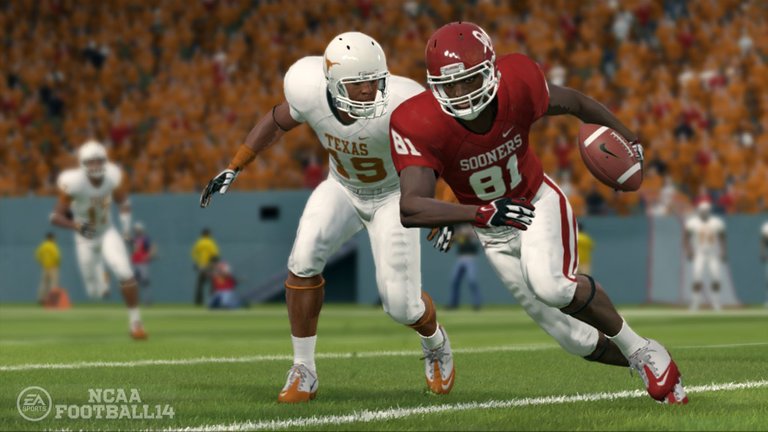
With less than a month to go before the NFL draft, we believe it is important to take a closer look at how college soccer has been performing. It's no secret that college soccer is the talent pool that provides talent to the professional league of this demanding sport, the NFL. In this publication, we will talk about the most significant changes that this non-professional sport has undergone in recent decades, as well as the exponential growth that this sport is currently experiencing.
Before taking a look at college soccer, we believe it is appropriate to talk about its origins. As we will know what we know today as American soccer, comes precisely from the university environment of mid 1869 (19th century), when a combination of two sports of English origin, soccer and rugby, was practiced in the gardens of Yale University. It would be the genius and inventiveness of a Yale student who would lay the original foundations and first regulations of American soccer, his name is Walter Camp, who would go down in history as the father of the sport in question.

Once the foundations of the new sport were laid, it became a sports epidemic in the universities of the American union, the seed had fallen on fertile soil, and the enthusiasm for the new sport quickly took over more and more new spaces. The first organized match between universities took place on November 6, 1869 between Rutgers University and Princeton University, the victory was won by the latter 6 to 4.
Over time, most universities would join the practice of American soccer, as the regulations were adjusted to the times, this sport discipline was increasingly capturing the attention of society at all levels, to the point of rivaling, in preference, with another team sport that was already well established in the United States, as was the game of baseball.
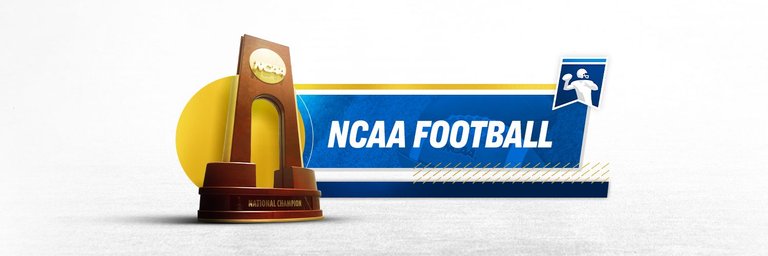
In 1906 the National Collegiate Athletic Association (NCAA) was created, a non-profit organization that would group 24 sports disciplines, this new entity would manage to form a federation, formed by each state in divisions and conferences, so that each sport was better organized, and had a body to ensure the development, supervision, regulation and standards; before the aforementioned date, all universities competed in a single category of all against all.
After the creation of the NCAA, college soccer began its development initially with two categories, one for large universities and another that would group the medium and small ones, which would lead later, in the 70's, to the creation of Divisions I, II and III, with their respective subdivisions, so that each division would have a championship, with this it was achieved that the large college bowls proliferated in each state, to finally gather in post season the different teams that would compete for the national championship.
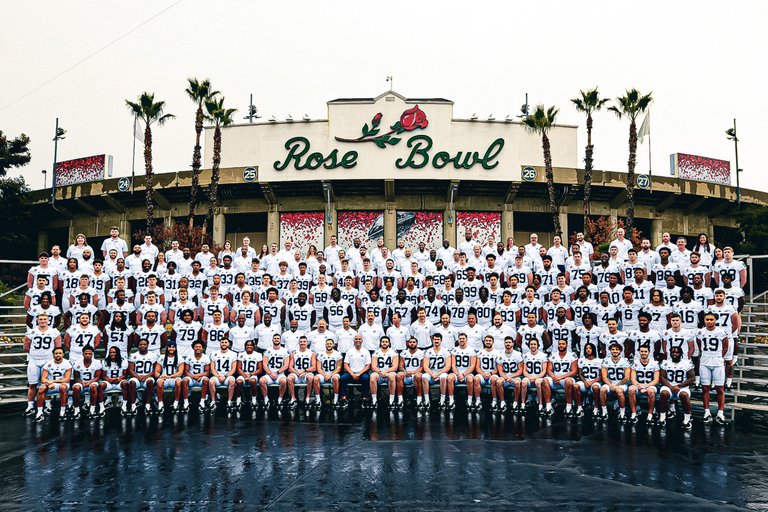
For almost three decades (1992 – 2005), the college Super Bowl dynasty captured the attention of fans, who moved around the states to support and follow their respective teams in the various state playoffs. With this increasingly frequent competition, the following college bowls became famous: Rose Bowl, Fiesta Bowl, Orange Bowl and Sugar Bowl.
The changes as we all know, happen throughout history, and sport does not escape from this spiral of transformations that involves people and organizations, from 2006 to 2013, college soccer undergoes a radical change, This is because the major universities invest large sums of money to attract through scholarships, the best talent available in other houses of study, this is how another era begins in the sport, within the NCAA begins to shine with its own light, Division I and the other divisions to weaken by the massive recruitment of players from Division II and III.
With the strengthening of Division I, this became the so-called elite university league or 1st division, when the BCS National Championship Game (Bowl of the National Championship Series) was established. With this new structure, small and medium-sized universities could compete on equal terms with large universities, so that by consensus, the winning team would be recognized as the NCAA national university champion.
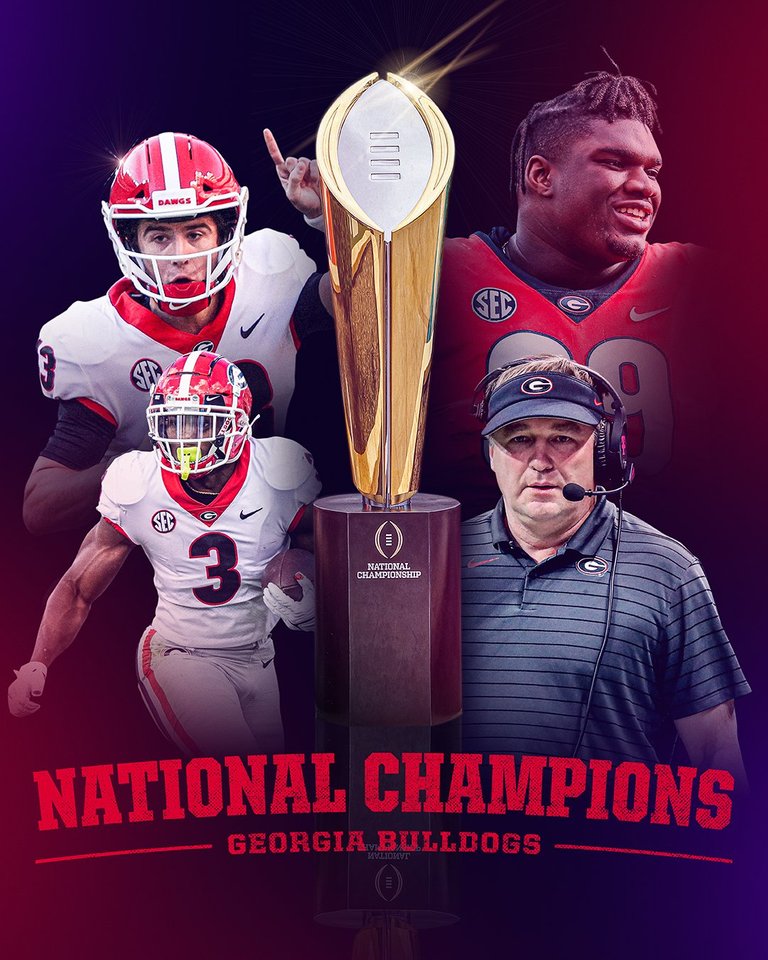
It should be noted that the changes in college soccer, in the last 2 decades, have been to distill the best of the best, since the last change occurred in our opinion, has been the one we liked the most, this because it has reached a superlative degree of quality and competitiveness, to the point that the 1st division is today, the mine from where the stars that will be drafted to play at the highest level of quality, the NFL. This last transformation of which we are talking about, occurred in 2014, the same is still in force with the so-called College Football Championship Game (CFCG).
Why did we like the most recent change implemented in college American Football?
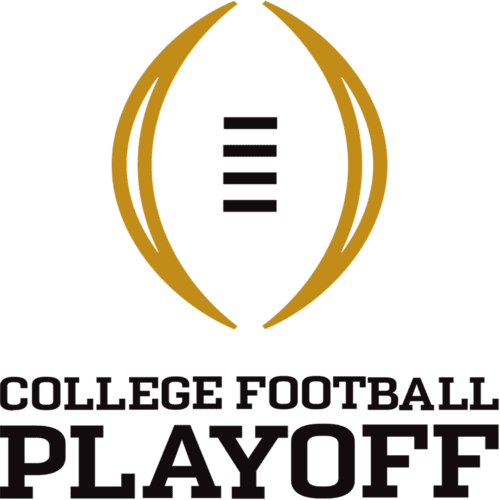
The answer is simple, because it was achieved that the national championship final was disputed between 4 teams and not 2 as was customary, this semifinal between 4 teams was renamed: Final Four – College Football Playoff (CFP), and the two winning teams that dispute the final game is called: College Football Championship Game (College Football Championship Game). There are 10 conferences, the most important of the 1st division are: FBS, Big Ten, SEC, ACC, PAC12, the total number of teams in all conferences are 130, each of them will have a champion, which will dispute a post season against their other rivals, until reaching the playoffs of 4 teams, the winners face in the grand final for the NCAA national championship title.
The regular season runs from the end of August through the first half of December, where each team plays 12 games, with two postseason games and the grand final. The most winning conference of national championships is the SEC (Southeastern Conference), Southeastern Conference, with 13 championships in its track record, this conference has been represented in 17 of the last 22 finals, with a two-time champion in the last two editions (2021 and 2022), the University of Georgia represented by its great team called the Bulldogs.
Finally, we want to share a figure that draws our attention, and in turn outlines the growth that college soccer is having, of the 24 sports disciplines that make up the NCAA, football is the sport that has more growth year after year, as well as, is the one that produces more revenue, in the 2022 season revenues from television rights and marketing amounted to USD 940 million in the NCAA, of these 45% were generated by football. In 2020, the sports media and streaming giant ESPN signed the largest contract in history with the NCAA to broadcast soccer games.
Just for the exclusive rights to broadcast for the next 10 years, all the games of the regular season schedule, including post season and final four, the amount is nothing less than USD 3,000 million at a rate of USD 300 million per season. We thank our esteemed readers for any questions they may have, derived from the topic discussed here, if any questions or doubts arise, please leave them in the comments box of this publication, we will respond to them as soon as possible, until a future post.
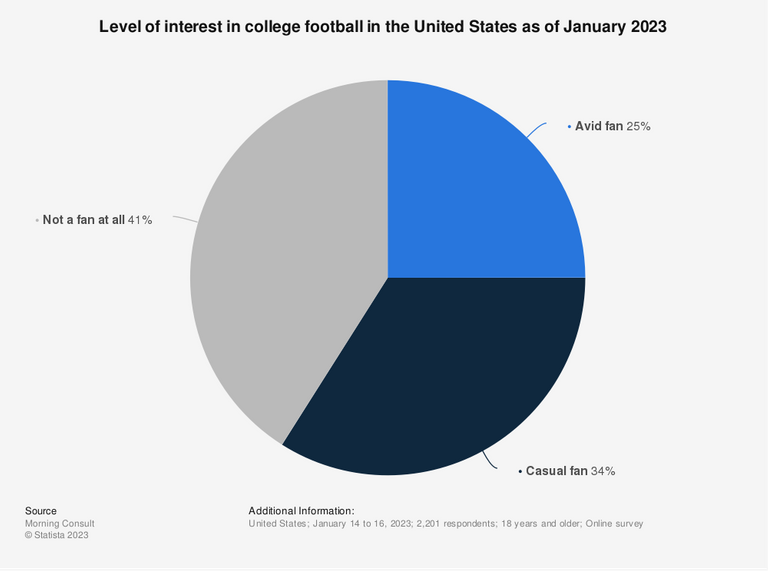
universitario en los Estados Unidos
a partir de enero de 2023
📌 Translated with www.DeepL.com/Translator (free version) Notice to the reader My mother tongue is Spanish, so please excuse me for any grammatical or syntax errors in the translation of this content. NFL Productions LLC. | 2023 NFL Enterprises LLC. NFL and the NFL shield design are trademarks of the National Football League. Team names, logos, and uniform designs are the teams' trademarks. All other NFL-related trademarks are trademarks of the National Football League. NFL Images © NFL Productions LLC.

Todas las estadísticas utilizadas
en este post son números oficiales
según sea el caso de:NFL| XFL | USFL | NCAA Football
All statistics used in this post are
official numbers as applicable from:
NFL| XFL | USFL | NCAA Football
Icons created by Flat Icons - Flaticon
Original Content by @jakim7 🏈
Copyright @jakim7 | All Rights Reserved 2023
Animated Banner Created By @zord189
